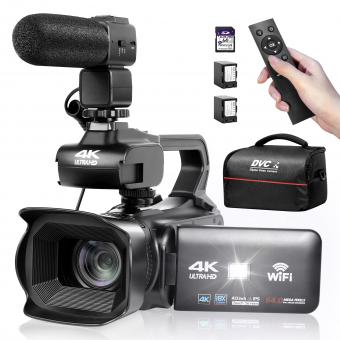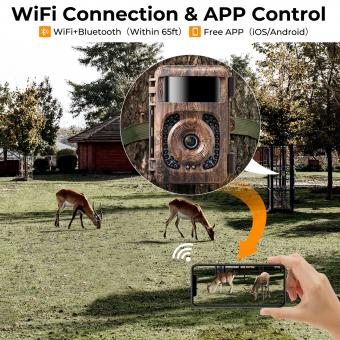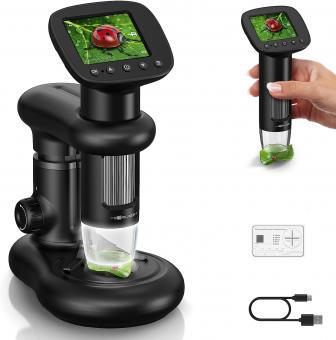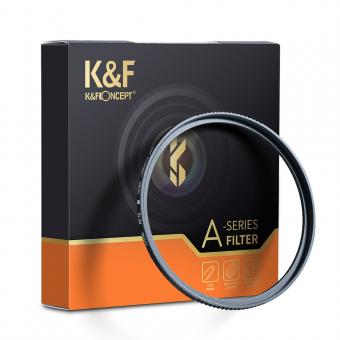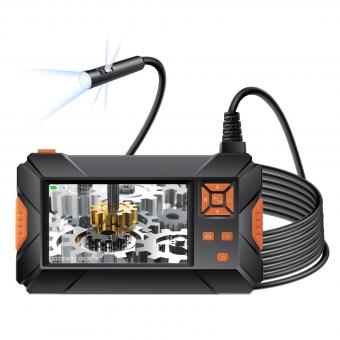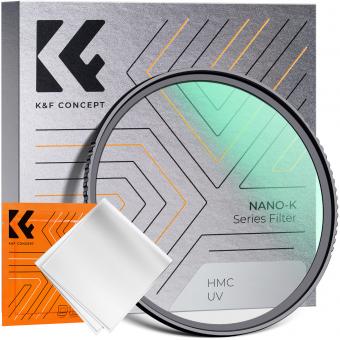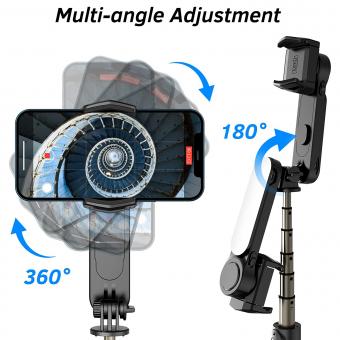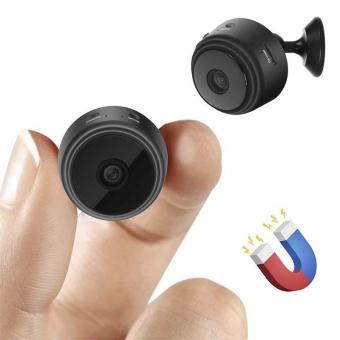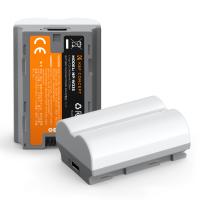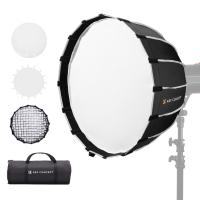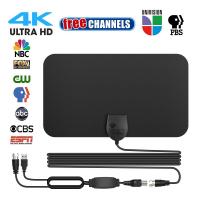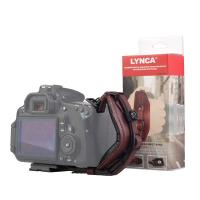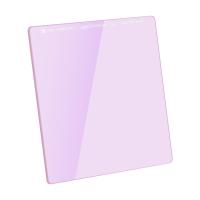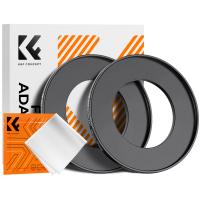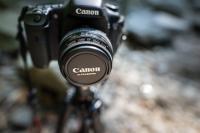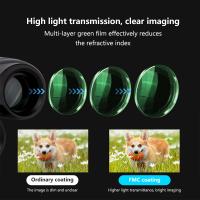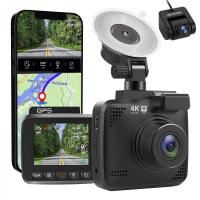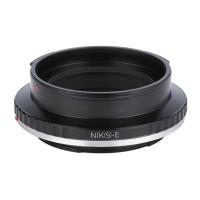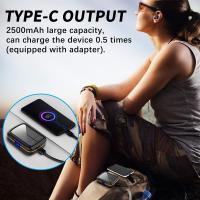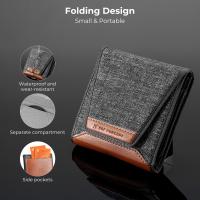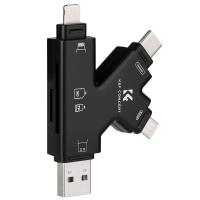Camcorder Can See In The Dark?
In recent years, the rapid advancement of technology has transformed every facet of our daily lives, including how we capture and document moments. One such exciting development is the emergence of camcorders that can see in the dark. Equipped with advanced night vision capabilities, these camcorders have made it possible to record clear footage even in low-light or no-light environments. This breakthrough has garnered significant interest from a variety of user groups, ranging from professional videographers and nature enthusiasts to security personnel and ghost hunters. In this article, we will delve into the various aspects of camcorders with night vision functionalities, explore their applications, and provide answers to common questions related to their usage.
The Technology Behind Night Vision Camcorders
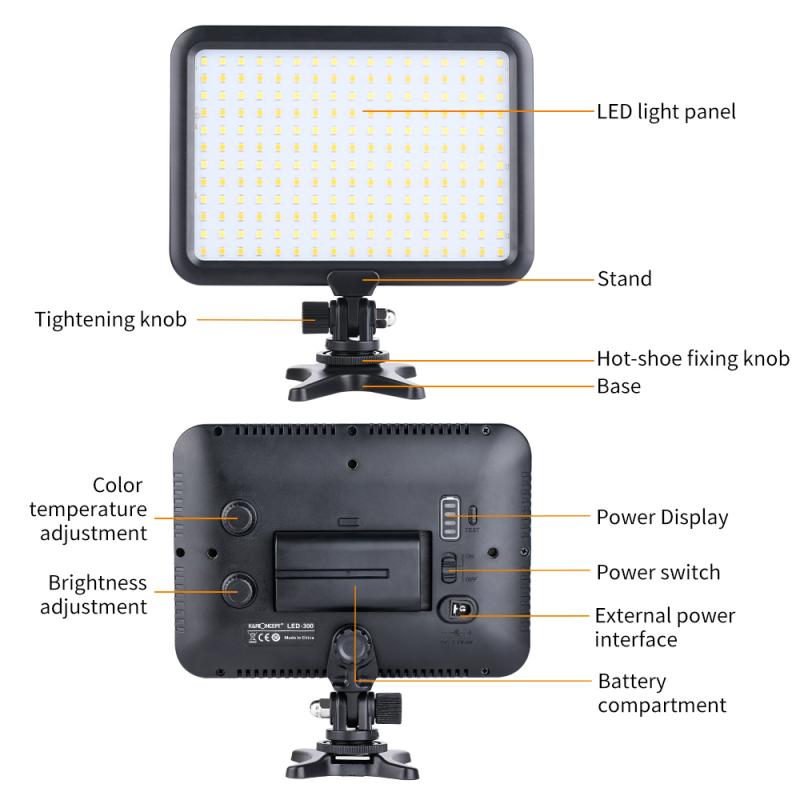
Night vision technology in camcorders has evolved significantly over the past few years. Modern camcorders employ several different methods to achieve clear visibility in the dark:
1. Infrared (IR) Illumination:
Infrared light is not visible to the human eye but can be detected by a specialized camera sensor. Infrared (IR) illuminators emit IR light that allows the camcorder to capture footage in darkness. This method is commonly used in security cameras and is gradually making its way into consumer camcorders.
2. Low Light Sensors:
Advances in sensor technology have led to the development of high-sensitivity sensors that can capture images with minimal light. These sensors can amplify ambient light, making it possible to film in conditions that would otherwise be too dark for traditional camcorders.
3. Thermal Imaging:
Although less common in consumer-grade camcorders, thermal imaging detects the heat emitted by objects, allowing the camera to create an image based on temperature differences. This can be particularly useful in specific applications, such as search and rescue operations or wildlife observation at night.
Applications of Night Vision Camcorders
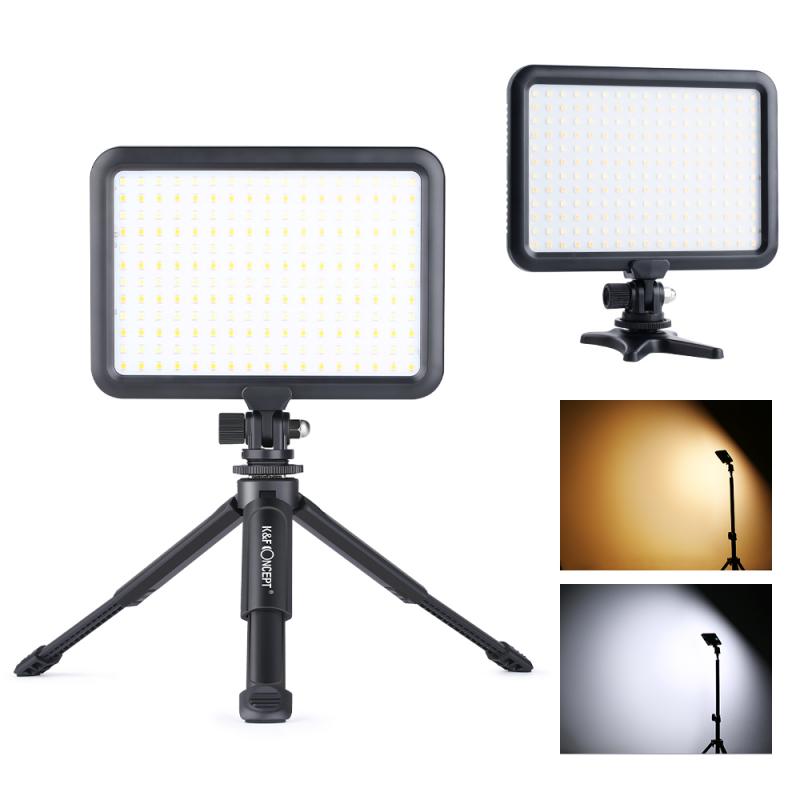
The ability to record clear footage in low-light conditions has opened up a wide range of applications for night vision camcorders. Let’s explore some of the key areas where these devices are making a significant impact:
1. Nature and Wildlife Filming:
Nighttime offers a unique opportunity to observe the behaviors of nocturnal animals that are not visible during the day. Wildlife enthusiasts and documentary filmmakers often use night vision camcorders to capture footage of animals in their natural habitats without disturbing them.
2. Security and Surveillance:
Security professionals utilize night vision camcorders to monitor and record activity in low-light environments such as parking lots, warehouses, and perimeters of properties. The ability to see in the dark enhances security measures and aids in the identification of potential threats.
3. Ghost Hunting and Paranormal Investigation:
Ghost hunters and paranormal enthusiasts rely on night vision camcorders to investigate and document supernatural occurrences in dark, often abandoned locations. The IR illumination feature is particularly useful in capturing any unexplained phenomena.
4. Outdoor Adventures and Camping:
Adventurers and campers can use night vision camcorders to document their nighttime activities, whether it’s a midnight hike, camping under the stars, or exploring caves. The ability to film in the dark adds an extra dimension to their adventures.
5. Search and Rescue Operations:
Night vision camcorders can be invaluable tools for search and rescue teams working in low-light conditions. The ability to see clearly in the dark can aid in locating lost or injured individuals quickly and efficiently.
Choosing the Right Night Vision Camcorder
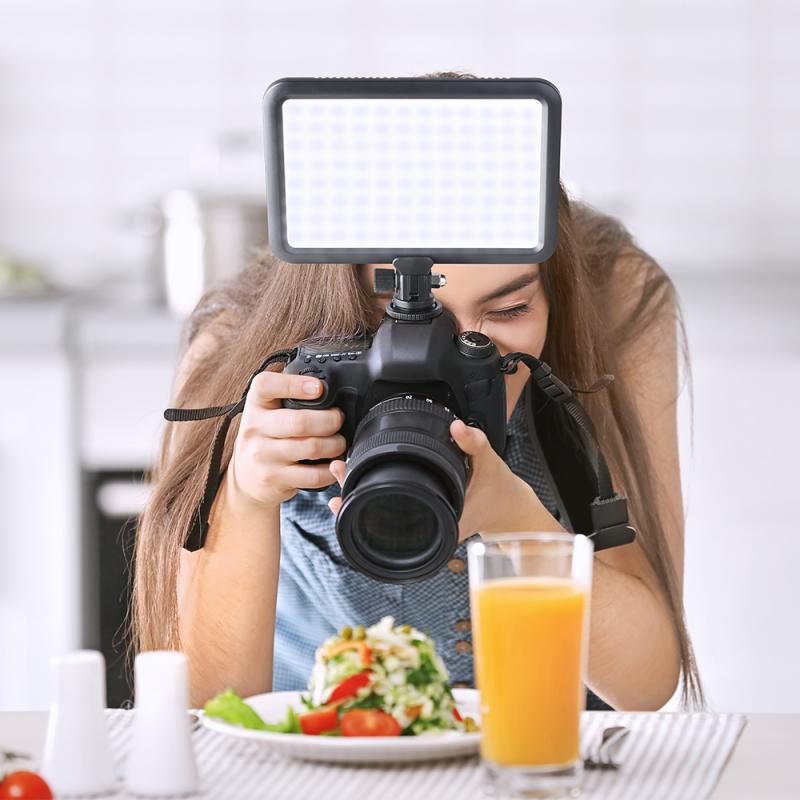
When selecting a night vision camcorder, it’s essential to consider various factors that will impact its performance and suitability for your needs. Here are some criteria to keep in mind:
1. Type of Night Vision Technology:
Decide whether you need IR illumination, low light sensors, or thermal imaging. Each technology has its advantages and is suited for different applications.
2. Resolution:
Higher resolution camcorders provide clearer and more detailed footage. Look for camcorders that offer at least Full HD (1080p) resolution for the best results.
3. IR Range:
The effective range of the IR illuminators determines how far the camcorder can see in the dark. Consider the distance you need to cover and select a camcorder with an appropriate IR range.
4. Battery Life:
Night vision camcorders can consume more power, especially when using IR illumination. Ensure that the camcorder has a long-lasting battery or the ability to use external power sources for extended recording sessions.
5. Portability:
Depending on your intended use, you may prefer a compact and lightweight camcorder that is easy to carry and maneuver.
Practical Tips for Using Night Vision Camcorders
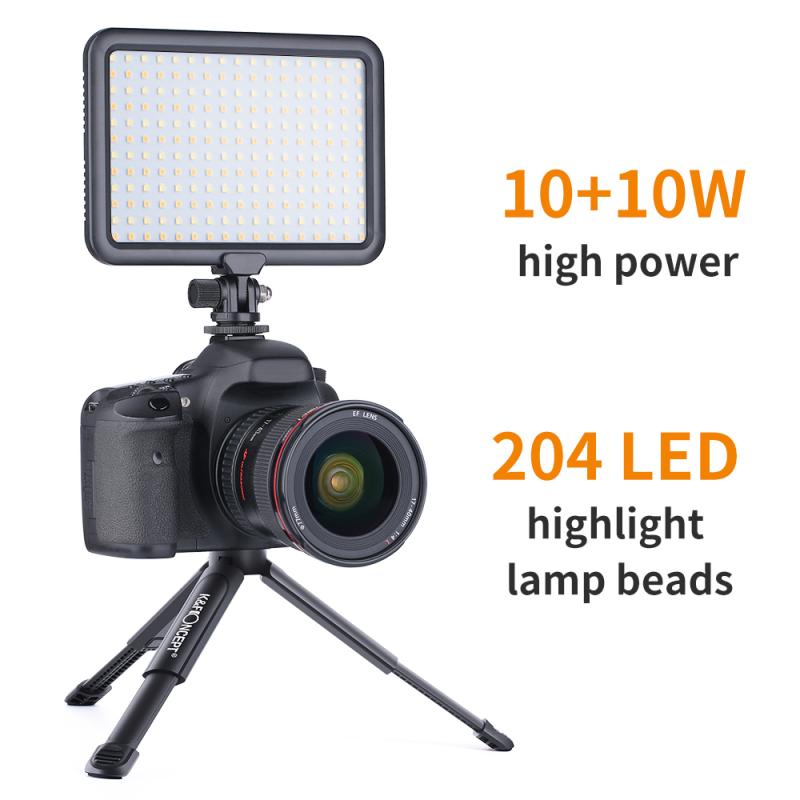
To get the most out of your night vision camcorder, keep the following tips in mind:
1. Optimal Settings:
Familiarize yourself with the camcorder settings, such as IR mode, gain control, and exposure adjustments. Experiment with these settings to find the optimal configuration for your shooting conditions.
2. Steady Shots:
Using a tripod or stabilizer can help reduce motion blur and ensure clear footage, especially in low-light conditions where longer exposure times may be required.
3. Additional Lighting:
While night vision camcorders are designed to perform well in the dark, low levels of external lighting (such as ambient moonlight or a flashlight) can enhance image quality.
4. Field of View:
Wider fields of view can help capture more of the scene, but they may also decrease the effective range of the IR illuminators. Choose a camcorder with an adjustable field of view if possible.
5. Practice and Familiarity:
Spend time familiarizing yourself with the camcorder’s controls and capabilities. Practice using the camcorder in different low-light scenarios to gain confidence and expertise.
Common Challenges and How to Overcome Them
Despite their advanced capabilities, night vision camcorders can present certain challenges. Let’s address some common issues and possible solutions:
1. Limited IR Range:
IR illuminators have a finite range, beyond which the image will be dark. To overcome this, use additional IR lights or select a camcorder with a more powerful IR range.
2. Battery Drain:
Night vision features can drain the battery quickly. Carry spare batteries, use an external power source, or limit the duration of IR usage to conserve power.
3. Image Noise:
In low-light conditions, digital noise can affect image quality. Use noise reduction features available on the camcorder or post-process the footage using video editing software.
4. Focusing Issues:
Autofocus may struggle in complete darkness. Switch to manual focus for more control, especially when filming stationary subjects.
Night vision camcorders have expanded the horizons of what is possible in video recording, allowing users to capture clear footage in environments that were previously challenging. Whether for professional, recreational, or security purposes, these devices offer unparalleled advantages in low-light conditions. By understanding the technology, selecting the right camcorder, and mastering its use, you can achieve impressive night-time recordings that were once the realm of science fiction.
Explore, experiment, and embrace the darkness with your night vision camcorder to uncover a world that comes alive when the lights go out.


